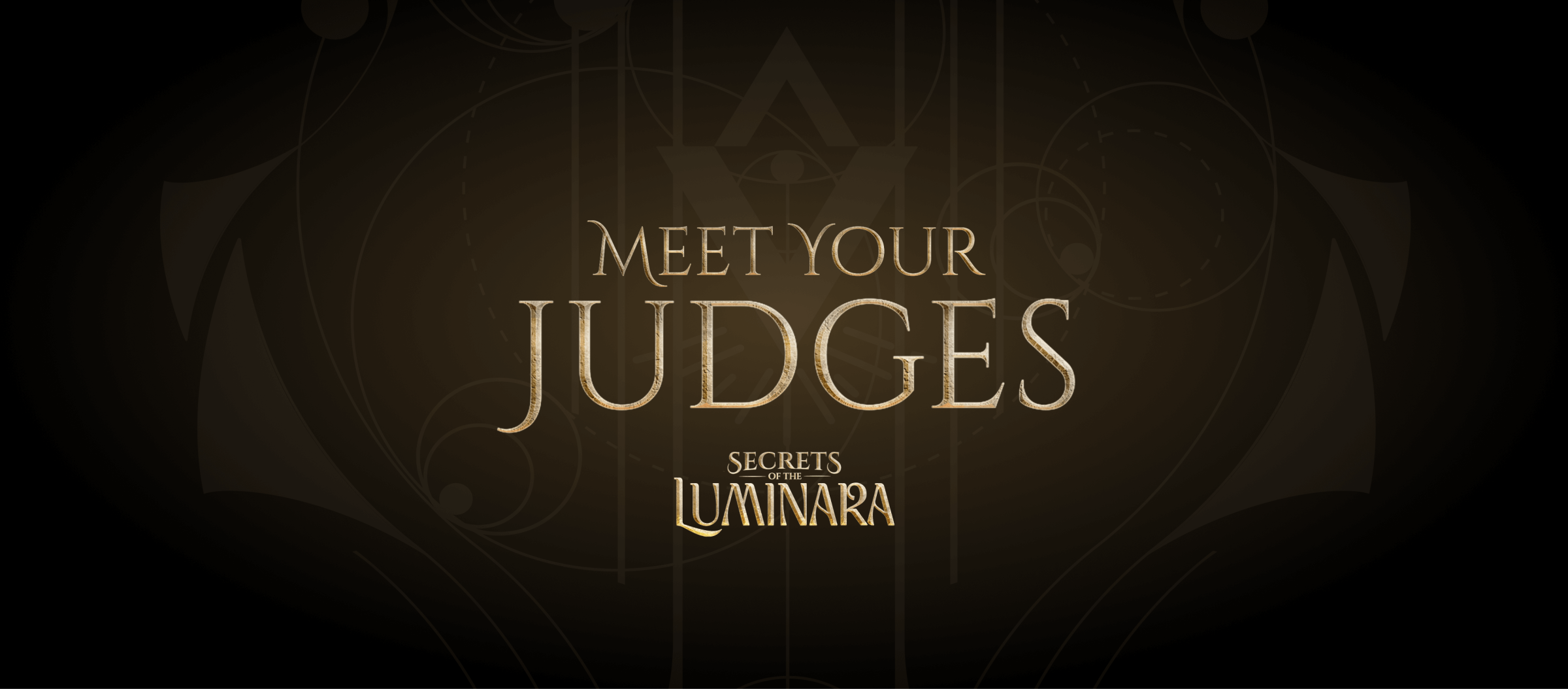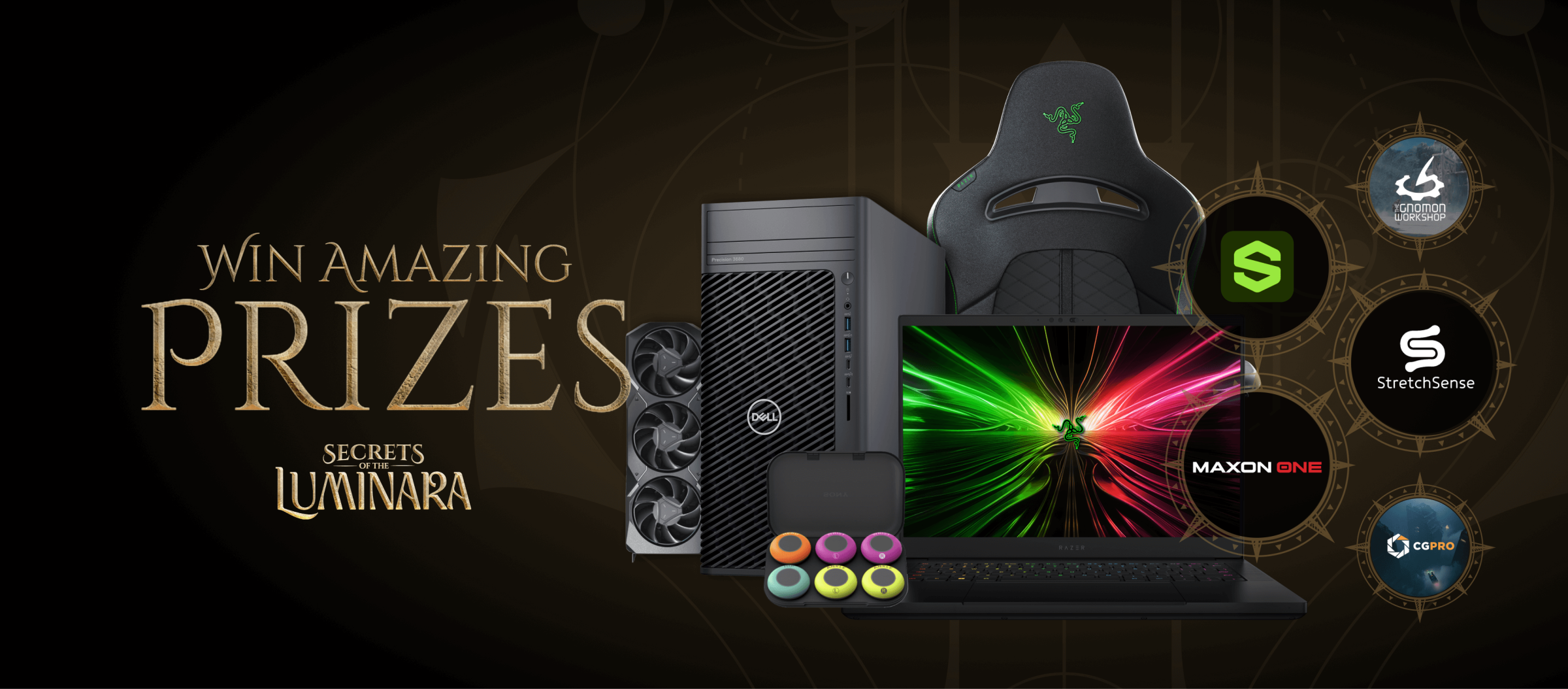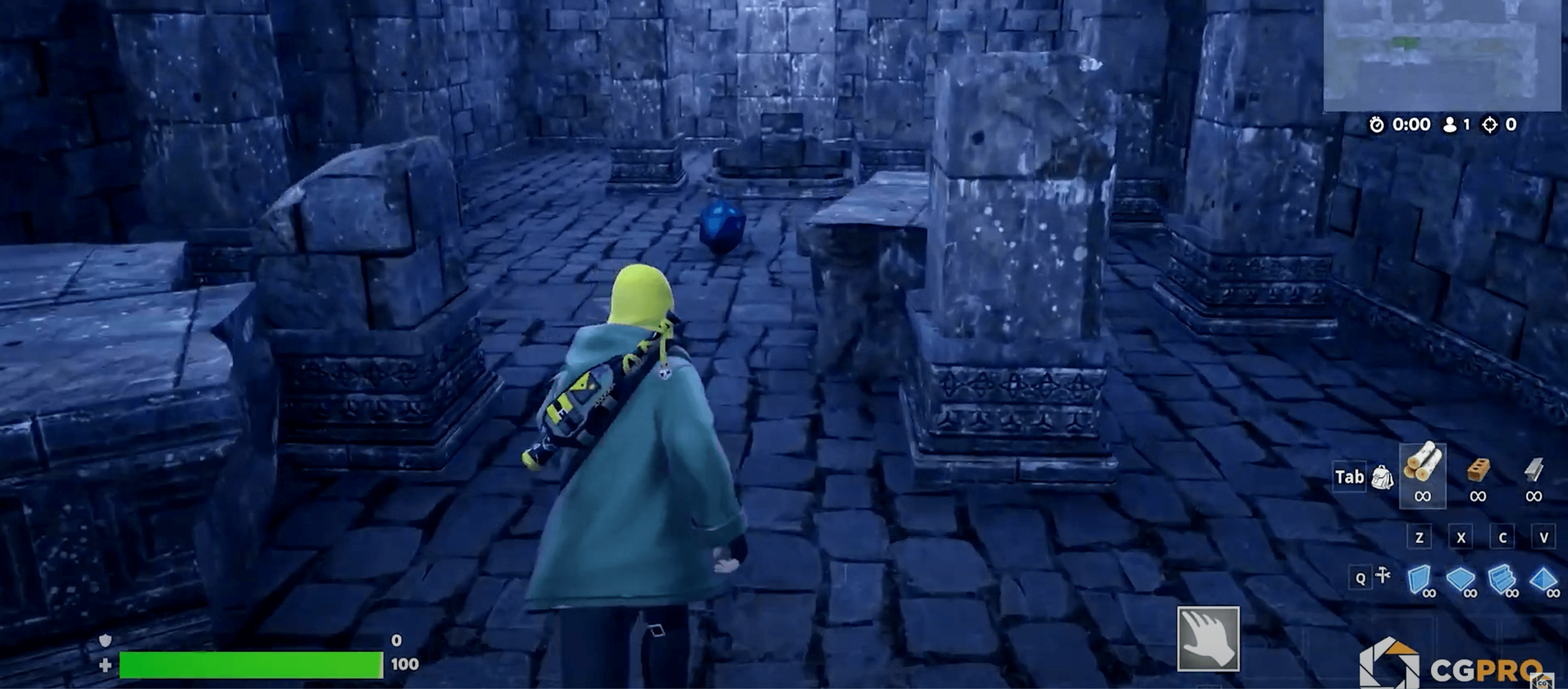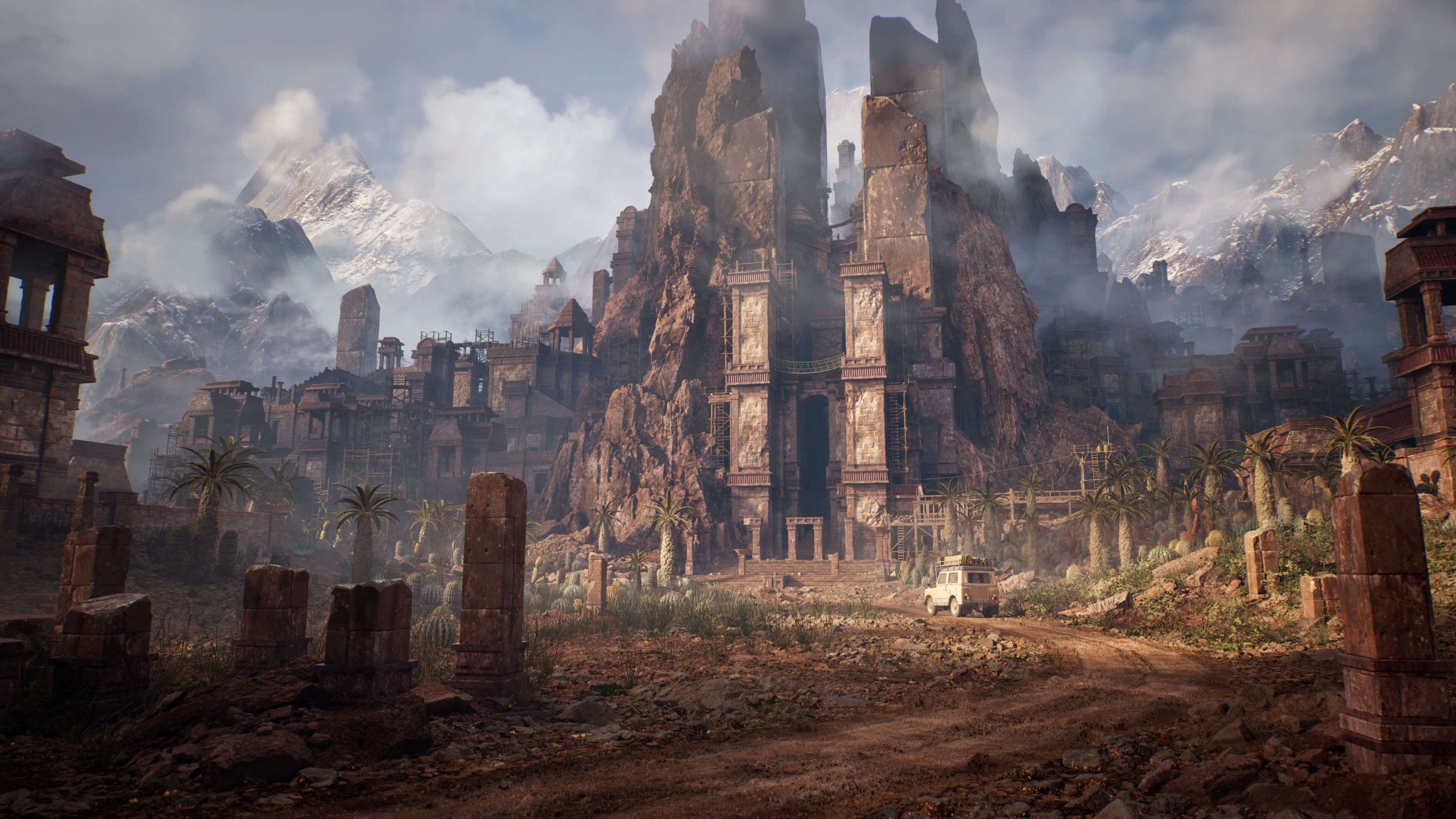The Secrets of the Luminara Challenge is now live, with artists using our free Kit to build mesmerizing new worlds and craft the legends of the Luminara. We're thrilled to have an exceptional panel of judges, featuring art directors and recruiters from top studios like CD PROJEKT RED, Wētā FX, Cold Symmetry, and Netflix, and artists who've worked on titles like Halo and Spider-Man: Into the Spider-Verse. These industry experts are eager to share their insights and reveal what excites them most about this challenge. Read on to learn more about our judges and what they’ll be looking for in your submissions!

Patrick O’Keefe
Sony Pictures Animation, Production Designer
Patrick O'Keefe is a Production Designer at Sony Pictures Animation, where he is currently at work leading the art department on the upcoming film, "Spider-Man: Beyond the Spider-Verse." O’Keefe previously served as the Production Designer on “Spider-Man: Across the Spider-Verse,” Art Director on “Spider-Man: Into the Spider-Verse,” and Visual Development Artist on Sony Pictures Animation's “Hotel Transylvania 3: Summer Vacation.” He has also worked as a visual development artist and matte painter on commercials for brands like McDonald's, Kellogg, Kraft, Amazon, and more.
What are 5 tips to help someone get started in 3D/VFX/Gaming?
1. Learn your trade and practice it every day. As a student and well into my career I spent every moment I had drawing and painting. Nights, weekends, while on the bus, while eating lunch. The tools of creation should always be on hand. I still to this day keep a sketchbook in my pocket and am doodling whenever a free moment presents itself.
2. Learn your industry. Get to know the productions and studios, the people who work there. Find the big studios, the little ones, the commercial shops, the recruiters. When I was in college getting ready to find a job, I made a list of every studio I could find, their location, website, and email addresses. I was constantly reaching out and asking to see if there were any job opportunities.
3. Go to conventions. Even if you can only make it to one. Connecting with your community will help you get jobs and give you a better understanding of your contemporaries (read: competition).
4. Stay up on the latest tech and trends. Don’t be a slave to the latest, but when you are starting out you need to know what’s new and how to use the latest tech. Especially in the areas of 3D/vfx/gaming, there is a wide variety of software that is used and you’ll want to be familiar with as much as you can.
5. Don’t be a dick. This industry is small and people, rightfully so, talk. When artists are jerks to work with, the word gets out and the job offers dry up. No one wants to work with an asshole even if they are an incredible talent. A good, honest, excited, hard working artist is better than the grumpy superstar in my books.
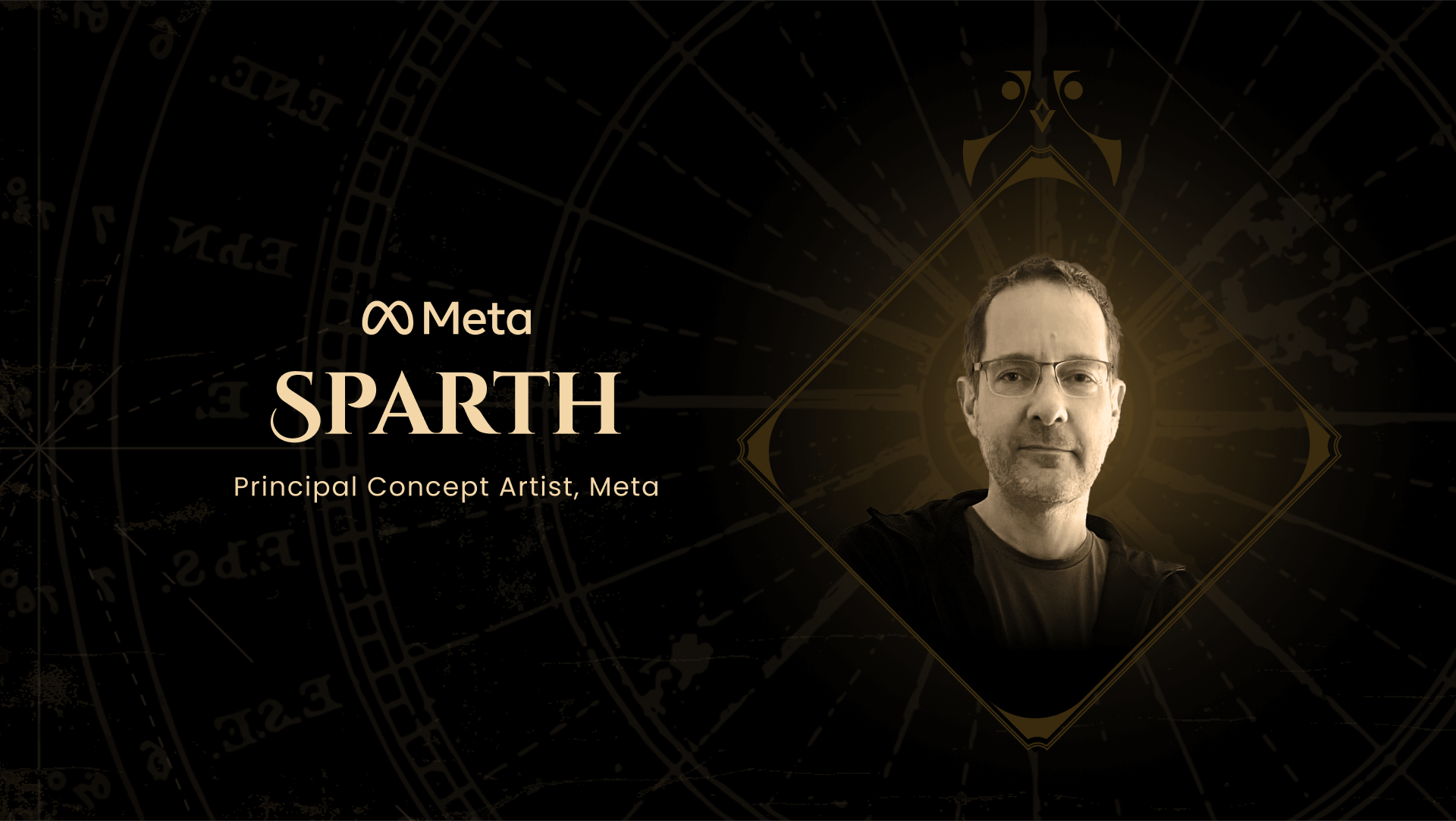
Sparth
Meta, Principal Concept Artist
Sparth is a Concept Artist and Art Director veteran in the Video Game industry since 1996, currently working at Meta. He has worked for multiple companies such as Ubisoft, ID Software, Microsoft, and Tencent, and has spent more than 13 years working on the Halo franchise. He is credited on major games like "Alone in the Dark 4" (2001), "Cold Fear" (2005), "Prince of Persia - Warrior Within" (2004), "Assassin's Creed" (2007), "Rage" (2011), "Halo 4" (2012), "Halo 5: Guardians" (2015), and "Halo Infinite" (2021). He has also contributed to more than 150 book covers in France, Canada, and the United States.
In your opinion, what is the most important quality in an artist?
I think there's two intertwined qualities that need to prevail. The first one is obvious, it's raw and unequaled talent. The second one is diplomacy. These two qualities should be inseparable. If you have a huge talent, you must also be able to express yourself to convey your intentions and choices, or even have fun describing your art. YOU are inseparable from your art.

Paullina Weeks
Netflix Feature Animation, Senior Talent Manager
Paullina Weeks is the Senior Talent Manager at Feature Animation at Netflix, covering Post/Editorial/CG/Previs roles. Weeks spent nearly fifteen years working in the Animation and VFX industry with previous roles at Gnomon, a VFX, Games, and Animation School, and Scholar, a creative production company. Weeks is passionate about helping connect the needs of a team with the right artist or person for the role, and in her spare time, you can catch her trying new restaurants, traveling, going on a thrift store hunt, or watching the latest animated film.
What advice would you give artists wanting to break in the industry?
Keep pushing and network!! It can sometimes take a while for things to work out but just keep your chin up, continue to work on your skills with practice and professional development, get professional feedback on your work, network a ton, and eventually, things will start to work out!
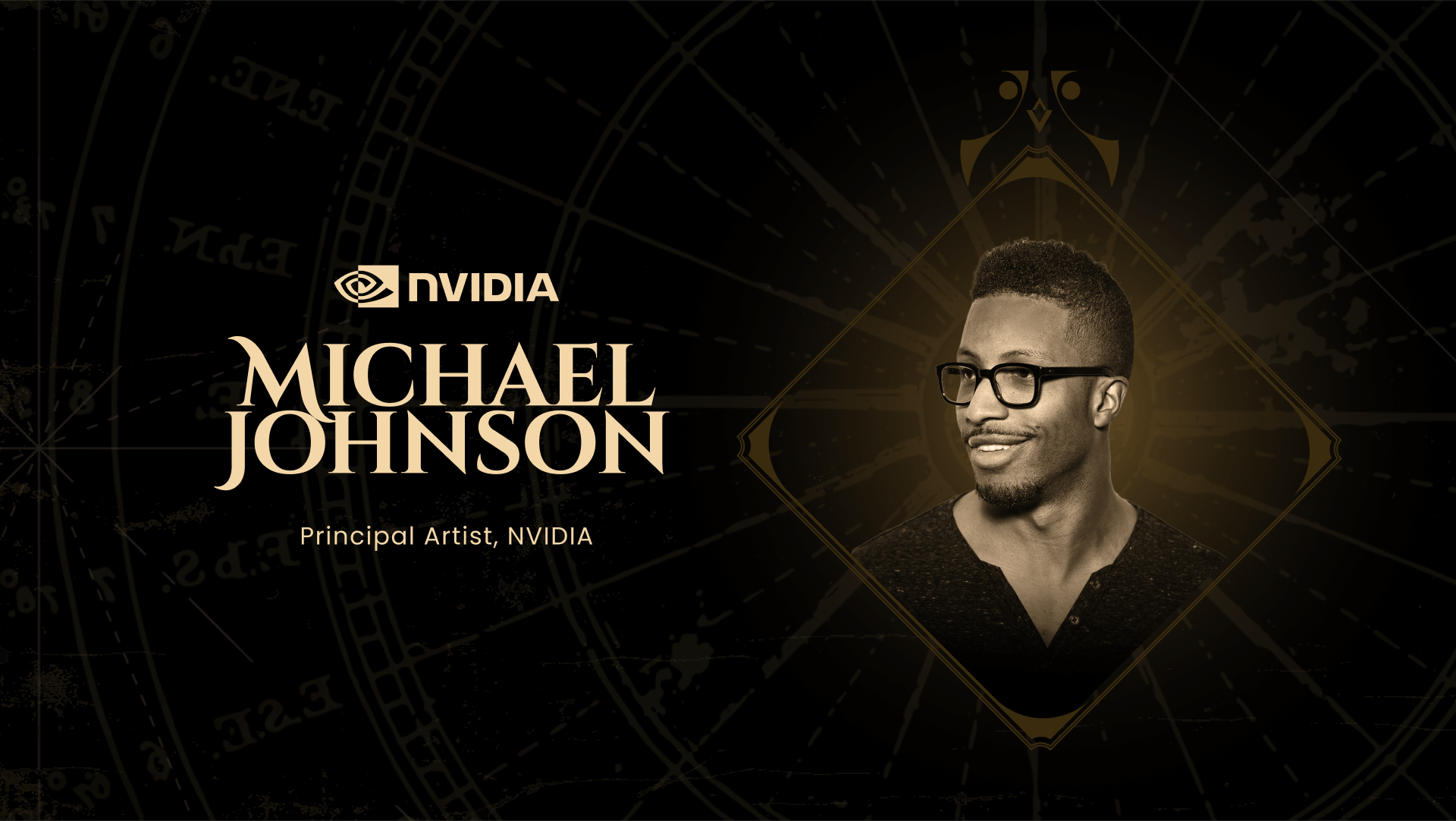
Michael Johnson
NVIDIA, Principal Artist
Michael Johnson is a talented artist with a deep passion for creating immersive worlds and captivating style frames. His artistic journey took off when he began working at Blur Studio, where he contributed to numerous high-profile projects in animation, film, and video game trailers. Now a Principal Artist at Nvidia, Michael plays a key role in pushing the boundaries of digital art.
What’s a piece of advice you wish you would have gotten when you started out on your journey as an artist?
Some advice I will give to others is to focus on yourself. Do not compare yourself to other artists out there and where they are at. Focus on growing into who you want to be tomorrow. If you do, congratulate yourself from growing from who you were yesterday. Take things in small steps, don’t focus on how long you have to go. After a year, those small steps add up and you’ll be surprised at how far you’ve come.

Jakub Knap
CD PROJEKT RED, VP of Art, Global Art Director
VP of Art and Global Art Director, Jakub is a VFX Supervisor / Art Director and CG Artist with over 22 years of experience working in the Film and Commercial industry, currently working at CD PROJEKT RED. In his position, he oversees art in all of the projects the studio is developing. Before becoming the Global Art Director, Jakub worked as a Lighting and FX Art Director on “Cyberpunk 2077” and finally as an Art Director on “Cyberpunk 2077 Phantom Liberty."
In your opinion, what is the most important quality in an artist?
That is a phenomenal question, and I struggled for a moment here with a simple answer. If I had to choose just one, I would say it would be the persistence. When I reflect on the best artists I admire the most, their most noticeable feature is the presence of this natural, not forced, energy that pushes them forward to work harder every day and eventually become more brilliant, this organic drive that makes them try this one more time. Always one more time. Persistence leads to creativity. That is the most vital part of becoming the best artist you can be.
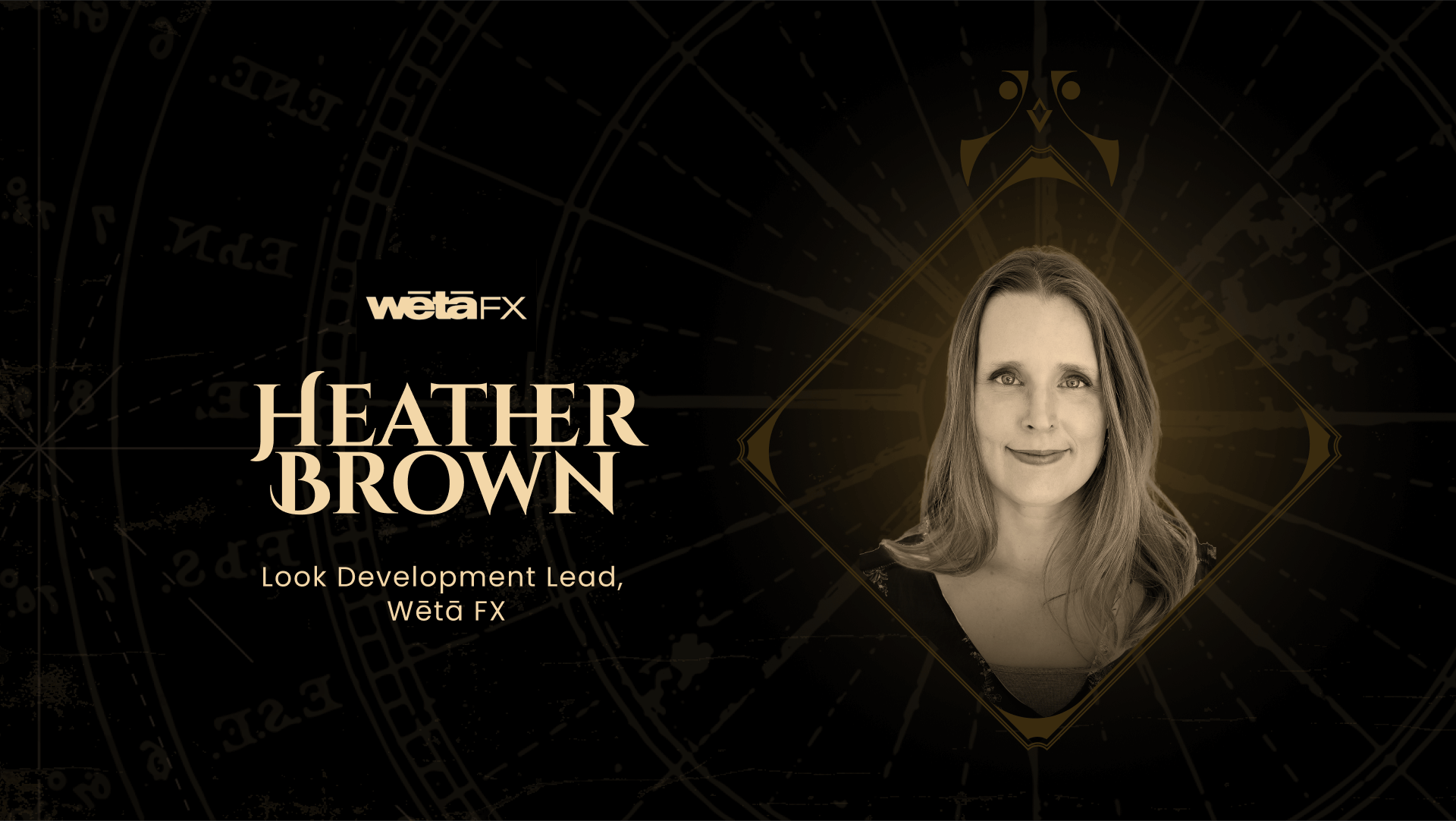
Heather Brown
Wētā FX, Lead Look Development Artist
Heather Brown is a seasoned 3D shading specialist with over 20 years of experience in the entertainment industry. Her extensive portfolio includes work in iconic franchises such as Star Wars, the Marvel Universe, and recent projects like Alien: Romulus, Guardians of the Galaxy Vol. 3 and Cocaine Bear. Currently serving as a Look Development Lead at Weta FX, Heather is deeply engaged in the 3D community as an active member of ACM SIGGRAPH and a mentor with Women in Animation.
What is one piece of advice you would have loved to have received at the beginning of your career?
One piece of advice I wish I had received at the start of my career is that no career path is ever a straight line—and that’s what makes the journey so interesting! It’s great to have a plan, but keeping an open mind is just as important. Being receptive to where your professional journey might take you can lead to unexpected opportunities and twists. Embracing those can open doors to experiences you never imagined, helping you grow both personally and professionally.
I began my journey with celluloid, using an animation stand to bring my ideas to life. I remember the hands-on process of cutting and splicing film, and layering my mag tape soundtracks together. That tactile experience taught me the value of patience and craftsmanship, and it helped me appreciate storytelling through animation on a deeper level.
In my current role, every new project feels like diving into a different virtual universe. The tech has come a long way, and with it, the creative possibilities have exploded. Whether I’m exploring immersive worlds or trying out the latest animation techniques, each project gives me a chance to push boundaries and discover something new. This evolution in my craft has shown me just how exciting and varied the journey can be, reminding me that staying flexible and curious can lead to amazing experiences.
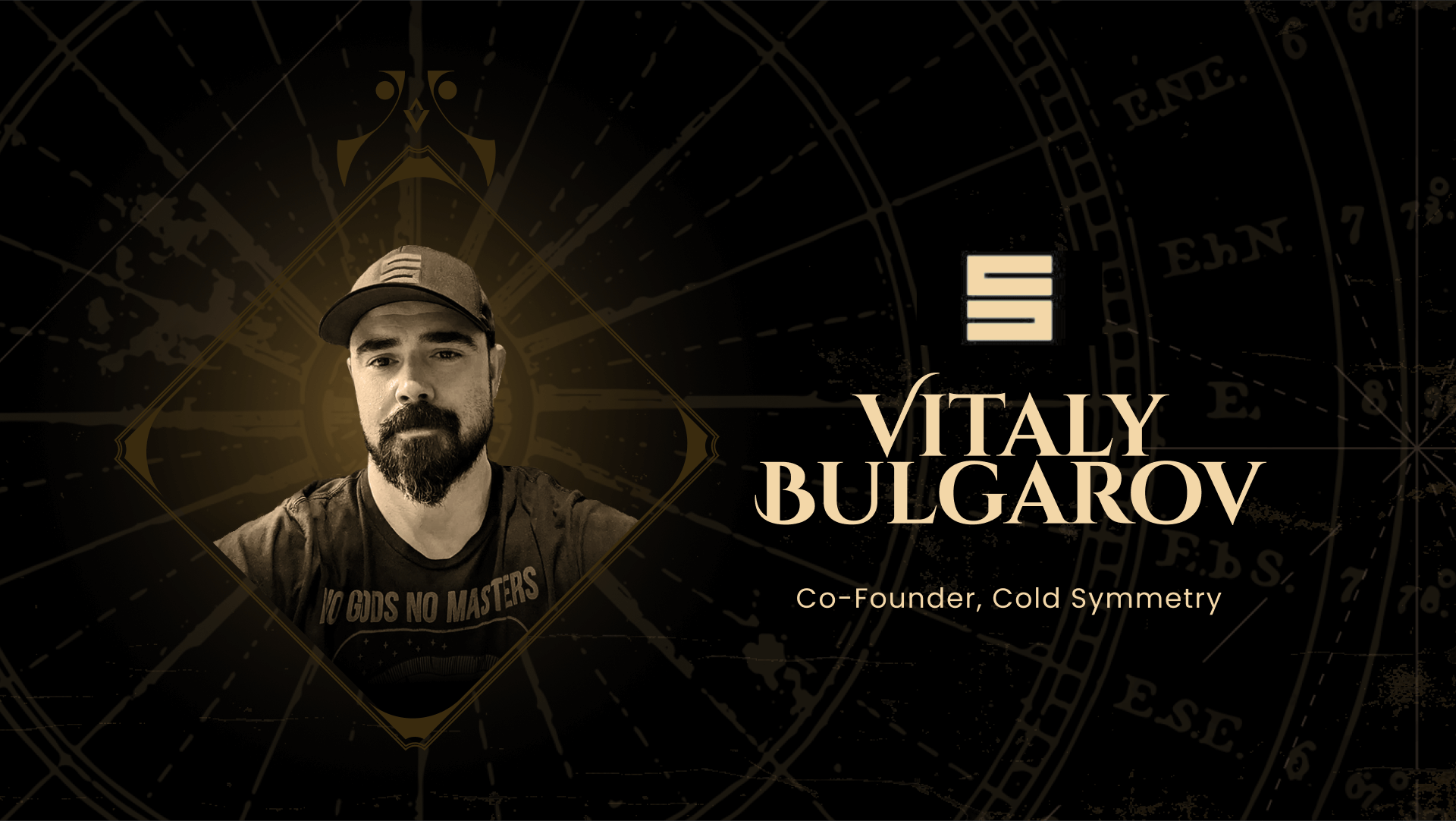
Vitaly Bulgarov
Cold Symmetry, Co-Founder
Vitaly Bulgarov is a director and co-founder of Cold Symmetry, a studio responsible for the critically acclaimed video game Mortal Shell. He is currently deeply involved in leading the creative vision, art direction, and narrative & world building of Cold Symmetry's next title, channeling his experience in concept design, cinema, and computer-generated art to bring bold new experiences to the gaming world.
When looking at an artist’s portfolio, what are the key things that make them stand out above the rest?
The portfolio itself has to have character. Even from the thumbnails, you should already feel the energy and hunger of the artist behind it. The body of work in front of you should be proof of both artistic Voice and artistic Drive. Voice is the artist’s brand—the signal they project in-to the world. Become the master of the theme that keeps you up at night, and you'll be hired for projects with that theme. Drive shows how hungry and prolific the artist is. A portfolio with just one personal piece that took a year to make doesn’t inspire confidence in an artist’s drive, no matter how polished that one piece is. Drive means a portfolio dense with work, evidence of the fire inside—the burning desire to produce a lot of good work in years to come. No one wants to drink from a dried-up well.

